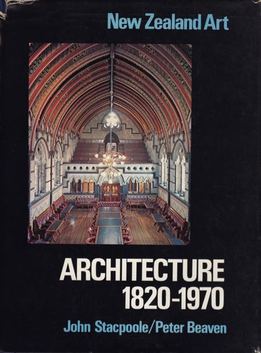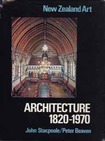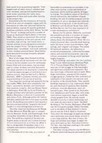
Miles Warren and the evolution of the Christchurch Style.
In Christchurch at this time, as a result of favourable circumstances not available in the other main centres, a style and method of expression which could be used by all began to emerge. The close knit nature of the Christchurch community, the tradition of good building, the lack of ruthless progress and the availability of one or two good new materials combined to bring forth, in the Gould house at Methven and the Dorset Street Flats, both by Miles Warren, the first clear expression of a local contemporary architecture.
Warren and his partner, Mahoney, continued this architectural style in a number of important buildings. Christchurch College (1968) clearly shows the development of a simple structural idea - concrete block bearing walls like stone, in situ concrete beams, high ceilings and irregular roof shapes. This whole Christchurch aesthetic, the adherence to structural expressionism, traditional European values, and colonial functionalism, was a significant restatement of things which had been largely forgotten.
JOHN STACPOOLE and PETER BEAVEN, "New Zealand Art: Architecture 1820-1970", A.H & A.W. Reed, 1972, ISBN 0-589-00475-1, p 75.
In Christchurch at this time, as a result of favourable circumstances not available in the other main centres, a style and method of expression which could be used by all began to emerge. The close knit nature of the Christchurch community, the tradition of good building, the lack of ruthless progress and the availability of one or two good new materials combined to bring forth, in the Gould house at Methven and the Dorset Street Flats, both by Miles Warren, the first clear expression of a local contemporary architecture.
Warren and his partner, Mahoney, continued this architectural style in a number of important buildings. Christchurch College (1968) clearly shows the development of a simple structural idea - concrete block bearing walls like stone, in situ concrete beams, high ceilings and irregular roof shapes. This whole Christchurch aesthetic, the adherence to structural expressionism, traditional European values, and colonial functionalism, was a significant restatement of things which had been largely forgotten.
JOHN STACPOOLE and PETER BEAVEN, "New Zealand Art: Architecture 1820-1970", A.H & A.W. Reed, 1972, ISBN 0-589-00475-1, p 75.


